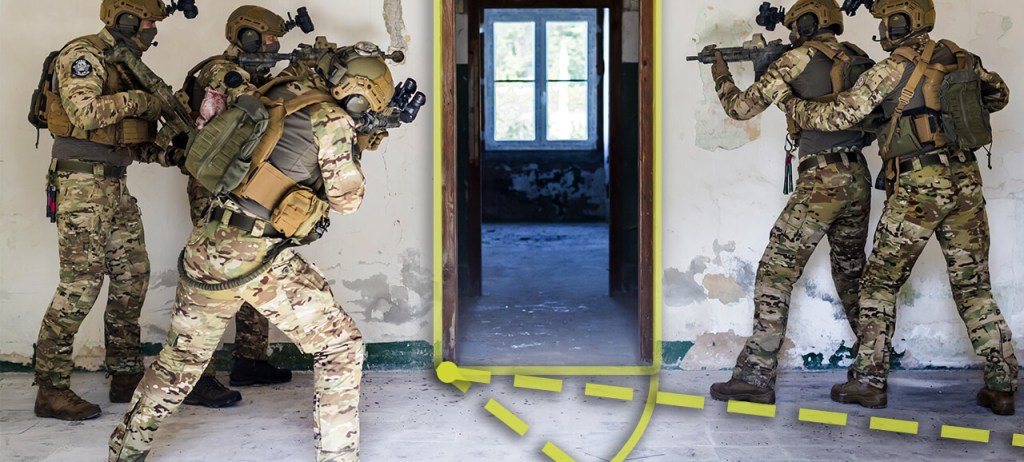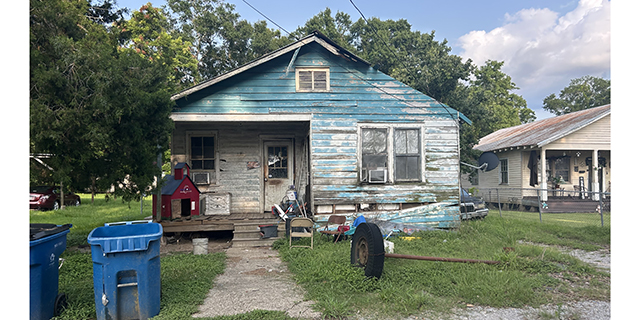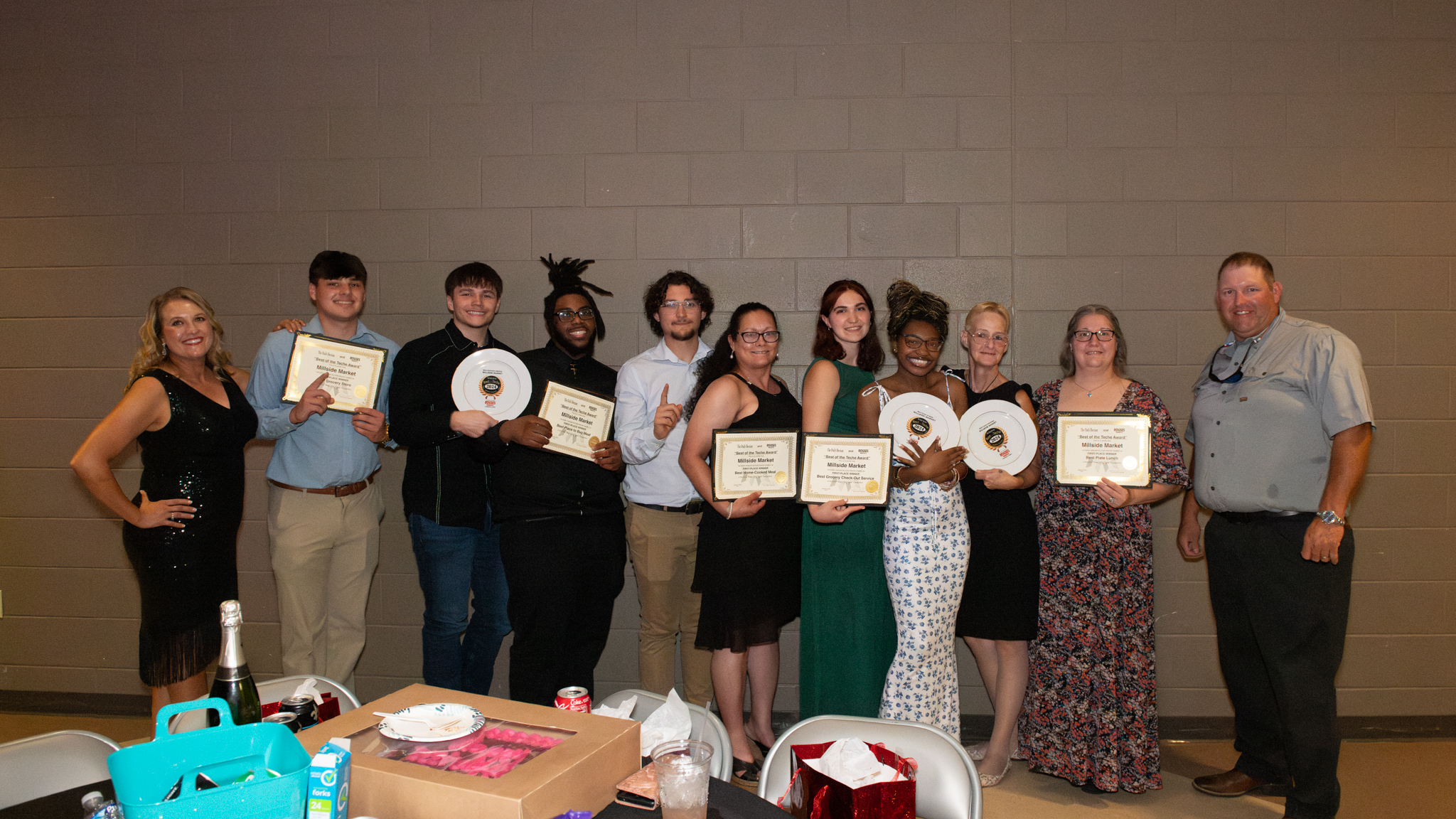Behind the Badge: NIPD’s newest officers learn CQB skills
Published 9:00 am Monday, April 15, 2024

- The preferred method for room clearing is to go slow and minimize mistakes.
Editor’s Note: Behind the Badge is a new series following the most recent set of New Iberia Police Department officers as they undergo training to serve their community. The Daily Iberian will follow along as the officers conduct initial training, travel the road with a field training officer and attend the police academy in Lafayette.
“Slow is smooth, smooth is fast.”
It’s a mantra that everyone who has carried a firearm professionally has heard at least once. In layman’s terms, the more you focus on doing things the right way, the quicker you can become without making any mistakes.
When New Iberia Police Department Lieutenant Rusty Meaux trains recruits in close quarters battle (CQB) tactics, it’s the approach that he prefers.
“This training is meant for new recruits to understand the principles of room clearing and clearing structures in the context of their everyday duties as patrolmen,” Lt. Meaux explained. “We tend to clear a lot of buildings for alarm calls, doors left unsecured or abandoned houses. We want our officers to have a basic understanding of how to clear a building and that’s what this is. There’s always more than one way to skin a cat, so we teach them that it can be done in multiple different ways.”
The building in question on this particular day was an abandoned structure on French Street owned by David Decourt. While the building is still for sale, Decourt allows the NIPD to use it as a training aid. With multiple levels, several different room layouts and plenty of narrow corridors to cause trouble for the NIPD recruits, it’s an invaluable tool for officers of all experience levels to use to keep their skills sharp.
According to Lt. Meaux, gone are the days in which police officers create a controlled perimeter and wait for the arrival of Special Weapons and Tactics (SWAT) units to save the day.
“Police officers of the past were trained to sit and wait for SWAT. Because of the evolving ways in which active events take place, the way we train now is that responding officers are SWAT until SWAT gets there,” he said.
The biggest change came following the 1999 Columbine High Shooting. According to the report compiled after the shooting, Neil Gardner, a Jefferson County deputy assigned to the school, began engaging with the shooters less than three minutes after the massacre began. Unfortunately, the training of the day prevented responding officers from entering the school immediately. These days, the training that police officers receive prioritizes action.
“You have to take on these actions and roles to deal with the situation until those operators get there and it could take some time to get everyone there,” Lt. Meaux said. “Worse case scenario is it takes SWAT 30-45 minutes to get on scene, and a lot can happen in that amount of time.”
Two of the NIPD’s newest recruits learning how to conduct close quarters battle drills inside a building are Tristen Hayes and Macey Romero.
Both just 21 years old, the pair are two of five new recruits that the NIPD has hired to reinforce the department.
“The goal is to train as patrolmen to learn what SWAT can do and also how to clear out a building in case we get a burglary alarm, a prowler, or anything like that,” said Hayes. “This trains us to know what we’re walking into since you never know what can happen in a situation like this.”
Unlike a SWAT team, patrol officers routinely travel in pairs or even alone. That changes the dynamic, something that Romero said is a key focus to their training.
“We’re learning how to do it alone but also in pairs. You always want to have a team with you, just to make sure you are covered,” she said. “With a building like this, looking at the outside and seeing how big it is, you can always call for an extra unit to come help, but if it’s a small house you may be able to handle it with just two people.”
Building CQB has continued to evolve, accelerated by the military’s experiences in the Global War on Terror. While tactics from the military often trickle down to police departments, Lt. Meaux said the focus now is less on violence of action and more about using your head first and your trigger finger second.
“Now we’re training a sole-officer response. If you have an active shooter or some other aggressor, you make an entry by yourself,” Lt. Meaux said. “Dynamic entries are now just for hostage rescue or officer down situations. Now everything is slow and methodical. If I don’t have that critical incident, then time is on my side and I’m going to use that to my advantage. Those lessons are learned in blood and now we want to take the house apart from the outside in.”
The training was eye-opening for the new recruits, with Hayes amazed at how many places a person could hide.
There are a lot of places that people can hide. You never know what’s right around the corner,” he said. “You might be clearing an upstairs portion of the building and the person might be able to move downstairs with you never realizing. You have to keep your eyes on your surroundings, even if you’ve already cleared an area.”





